We explain in depth autism, its symptoms, causes and treatment. Additionally, we delve into the reality of people with ASD (Autism Spectrum Disorder).
What is autism?
Autism Spectrum Disorder (ASD) is a neurodevelopmental disorder that involves atypical development, characterized by difficulties in communication, social interaction and cognitive and behavioral flexibility. Often, people with ASD also display repetitive and restricted behavior patterns, which can vary considerably between individuals, both in severity and form. ASD encompasses a wide spectrum, from milder cases, such as Asperger syndrome, to more severe forms, such as childhood disintegrative disorder. Furthermore, the spectrum is continuous, which means not all people with ASD experience the same challenges or to the same degree.
At what stage of life does it appear?
ASD is a condition that accompanies a person throughout their life, but its first signs usually appear in early childhood, typically between 12 and 24 months of age. However, in some cases, symptoms may not become evident until later, when social demands increase. During adulthood, the needs of people with ASD may change, and although some may develop strategies to improve their quality of life, difficulties interacting with the social environment can persist and require ongoing support.
What are the symptoms of autism?
The clinical presentation of autism varies widely among affected individuals, which makes it difficult to generalize the symptoms. Below are some of the most common signs:
Significant and persistent deficits in social communication
Difficulties in communication, both verbal and nonverbal, are one of the central aspects of ASD:
- Difficulty maintaining or initiating a conversation.
- Absence or limitation of emotional and social reciprocity, that is, the inability to understand and respond appropriately to others’ emotions.
- Problems understanding or using body language, facial expressions or tone of voice.
- Lack of eye contact or limited facial expression.
- Development of idiosyncratic language, such as echolalia (repeating words or phrases involuntarily) or using language in a literal and rigid way.
- Difficulty interpreting and using figurative language or jokes.
Stereotyped behaviors, behavioral patterns and restricted interests
People with ASD often show repetitive behaviors and a limited range of interests, which can manifest in different ways:
- Fixation on objects or topics in an intense and disproportionate way.
- Performing rituals or routines that may not have an evident purpose, but whose disruption can cause distress.
- Repetitive behaviors such as rocking, hand flapping or flapping fingers.
- Self-injurious behaviors, such as head-banging or biting the hands.
- Unusual body movements, difficulty coordinating movements or motor clumsiness.
Depending on the degree of impairment, some individuals may learn to manage or mitigate certain symptoms over time, although in other cases the challenges persist and require continuous specialized interventions. It is important to note that some people with ASD may also present intellectual disability or learning difficulties.
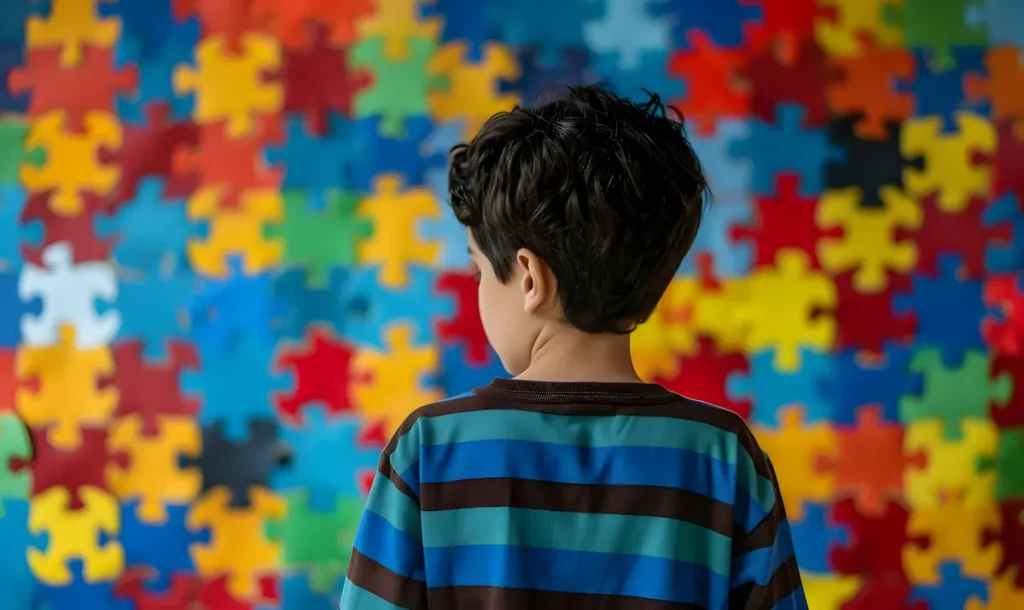
What causes autism?
Although the exact cause of ASD is still not completely understood, it is known that both genetic and environmental factors play a crucial role in its development.
Genetics
Numerous studies have identified genetics as an important factor in the development of ASD. Twin studies have shown a high heritability of autism, suggesting that genetic variations, both inherited and spontaneous, can influence neurological development. It has been found that mutations in certain genes related to neuronal development and connectivity can affect the brain areas responsible for social communication and behavior. However, there is no single “autism gene”; rather, ASD appears to result from the interaction of multiple genes.
In addition, the role of the hormone oxytocin has been investigated, which is involved in the regulation of social and emotional interactions. Some research suggests that alterations in oxytocin levels or in the brain’s response to this hormone could influence autism symptoms.
Environment
Although genetics is a key component, certain environmental factors can also influence the risk of developing ASD, especially during the prenatal and perinatal stages. Among the most studied risk factors are:
- Exposure to toxins or infections during pregnancy.
- Advanced parental age.
- Complications during birth that affect the baby’s brain oxygenation.
- The use of certain medications during pregnancy.
Although the impact of these environmental factors remains under investigation, it is recognized that the combination of genetic predisposition and environmental factors could increase the likelihood of developing the disorder.
An area of growing interest is the gut-brain connection. Some research suggests that gut health, including the microbiota (the community of microorganisms that inhabit the gut), could influence the onset or severity of autism symptoms. Although it is still a developing field, some people with ASD have reported improvements in their symptoms by following specific diets, such as gluten elimination.
Treatment of autism
There is no cure for autism, but early intervention can significantly improve the quality of life of people with ASD. Treatment should be tailored to each individual’s needs and may vary over time.
Behavioral therapy
Behavioral therapy, such as Applied Behavior Analysis (ABA), has been widely used to help people with ASD learn communication and social skills, and to reduce problematic behaviors. ABA is a structured methodology that uses reinforcement to promote positive behaviors and teach adaptive skills.
Educational therapy
Specialized education, designed to meet each individual’s needs, can provide an environment where people with ASD can develop more effectively. Educational activities can focus on improving social, communication and academic skills, while structure and routine can help reduce anxiety and improve overall well-being.
Other therapies
In addition to behavioral and educational therapy, many people with ASD benefit from additional therapies, such as:
- Occupational therapy: Helps develop daily living skills, such as dressing, eating or interacting with others.
- Physical therapy: Improves motor coordination and posture.
- Alternative therapies: Some people find sensory therapies (which work on sensitivity to sound or touch), animal-assisted therapies or art therapies helpful.

Subscribe
to our
Newsletter
Types of autism and levels of support
Autism Spectrum Disorder (ASD) is called the “spectrum” because it covers a wide variety of manifestations and levels of impairment. The Diagnostic and Statistical Manual of Mental Disorders (DSM-5) classifies autism based on the levels of support a person needs:
Level 1: Requires support
People at this level may have difficulty initiating social interactions and planning or organizing their daily lives. In general, they have functional verbal language, but may have problems adapting to changes in routine or maintaining adequate social relationships.
Level 2: Requires substantial support
People at this level have greater difficulties in verbal and nonverbal communication. They find it more difficult to adapt to new situations, show more pronounced repetitive behaviors and have significant difficulties in social interactions.
Level 3: Requires very substantial support
This level involves severe difficulties in communication and social interaction, as well as extremely restrictive and repetitive behaviors. People with ASD at this level need a high degree of support to manage daily tasks and social interactions.
ASD and comorbidities
Autism Spectrum Disorder often co-occurs with other conditions that can worsen the situation and affect a person’s quality of life. Some of the most common comorbidities are:
- Sleep disorders: Many people with ASD experience difficulty sleeping, such as insomnia, problems maintaining sleep or irregular sleep patterns.
- Gastrointestinal disorders: It is common for people with autism to have digestive problems such as constipation, diarrhea or abdominal pain, which can worsen their discomfort.
- Anxiety and depression: Due to difficulties adapting to the social environment, people with ASD are at higher risk of developing anxiety disorders and depression.
- Epilepsy: Approximately 20-30% of people with ASD also have epilepsy or seizures.
Inclusion and supports in society
One of the biggest barriers for people with autism is not only the disorder itself, but the lack of social inclusion. The environment can make a big difference for people with ASD in terms of their emotional well-being and functionality. It is important to promote inclusion in all areas:
- Inclusive education: Schools should be prepared to support students with ASD through the use of individualized education plans (IEPs), specialized staff and adaptations in the school environment.
- Access to employment: Adults with ASD have difficulties accessing jobs due to social prejudice and a lack of reasonable adjustments in the workplace. Creating inclusive work environments and offering specific support can enable them to contribute to the labor market.
- Public awareness: Awareness campaigns in the media, public education and community activities are essential to reduce the stigma associated with autism and foster a more understanding and supportive environment.
Autism in adulthood
Although ASD is diagnosed in childhood, many autistic people live full lives in adulthood with varying levels of independence. Support during the transition to adult life is key to ensuring their well-being. Some focus areas are:
- Housing: People with ASD may need support in independent living, ranging from specialized residences to assisted living programs.
- Personal relationships: Like everyone else, people with ASD may wish to have romantic or friendship relationships, although they may need additional tools to navigate the complexities of social interactions.
- Aging and autism: With increased life expectancy, more people with ASD are reaching old age. Understanding their needs during this stage is an emerging challenge for health professionals and caregivers.
How many people have autism in Spain?
It is estimated that ASD affects approximately 1 in every 100 people worldwide, and Spain is no exception. According to the most recent studies, around 450,000 people in Spain live with some form of autism spectrum disorder, and this number continues to rise due to improvements in diagnosis and greater awareness of the disorder. Globally, the prevalence of autism is higher in males than in females, with a ratio of 4 to 1. Although autism affects both genders, females often present different or less evident symptoms, which can make diagnosis more difficult.
New research and technological advances
The field of ASD research is constantly evolving, and new technologies and therapeutic approaches are being developed to improve the quality of life of people with autism. Some emerging areas include:
- Artificial intelligence and early diagnosis: Tools based on artificial intelligence are being used to help identify early signs of autism by analyzing videos of behaviors or speech patterns.
- Virtual reality (VR) and augmented reality (AR): These technologies are being used in therapies to simulate social interactions or train communication skills in a safe and controlled environment.
- Genetics and personalized medicine: Genetic research is advancing toward a better understanding of ASD, which could lead to personalized treatments that address the specific symptoms of each individual.
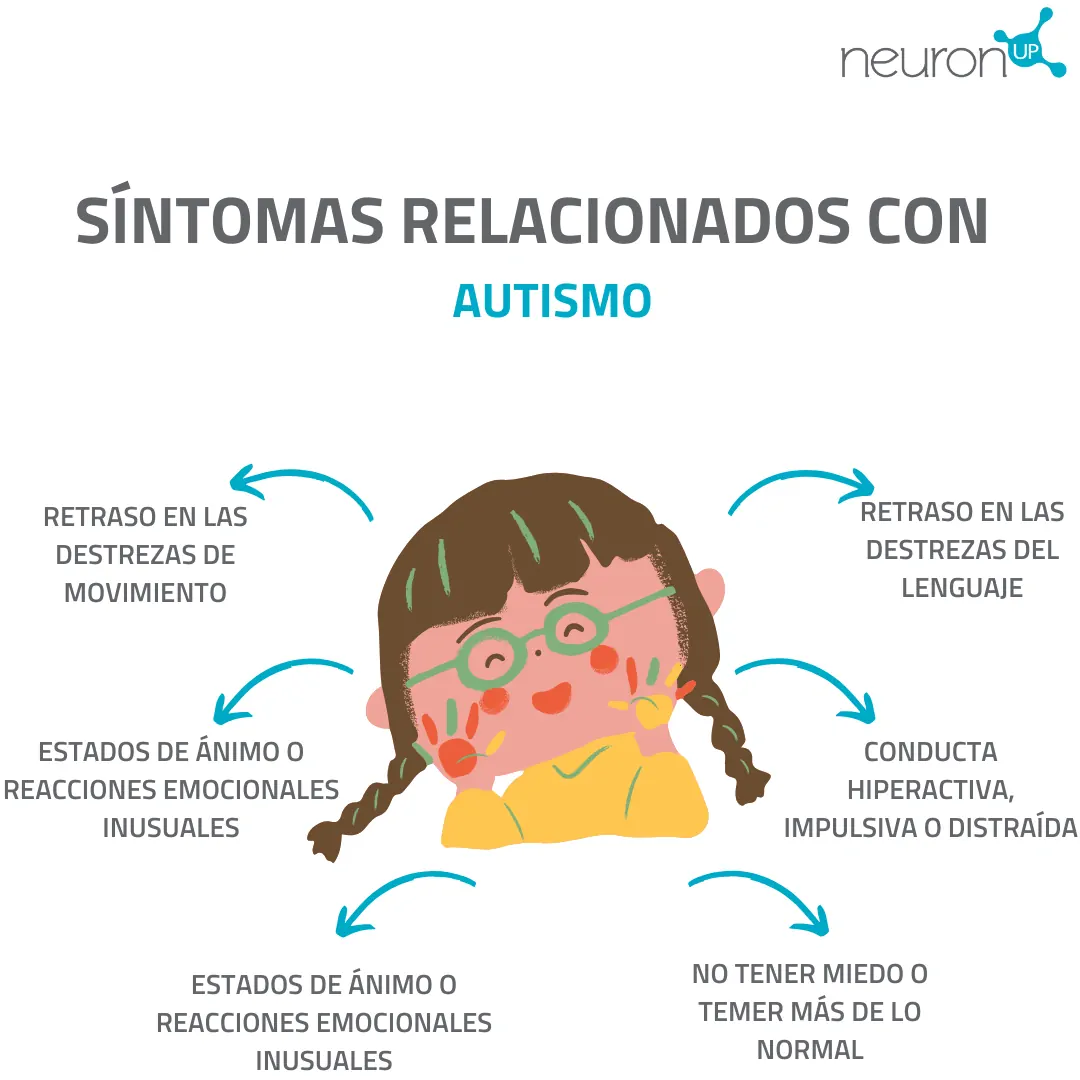
If you liked this post about autism, you may be interested in these NeuronUP articles:
“This article has been translated. Link to the original article in Spanish:”
El autismo y la realidad de las personas con trastorno del espectro autista
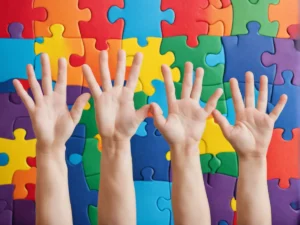
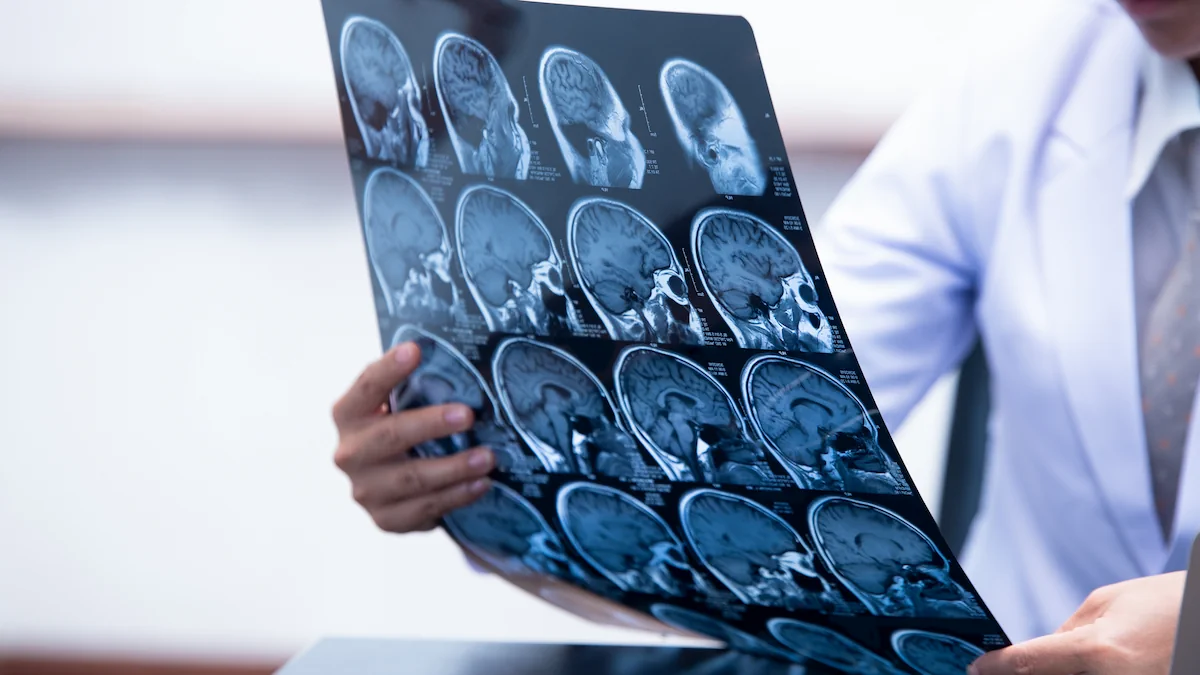
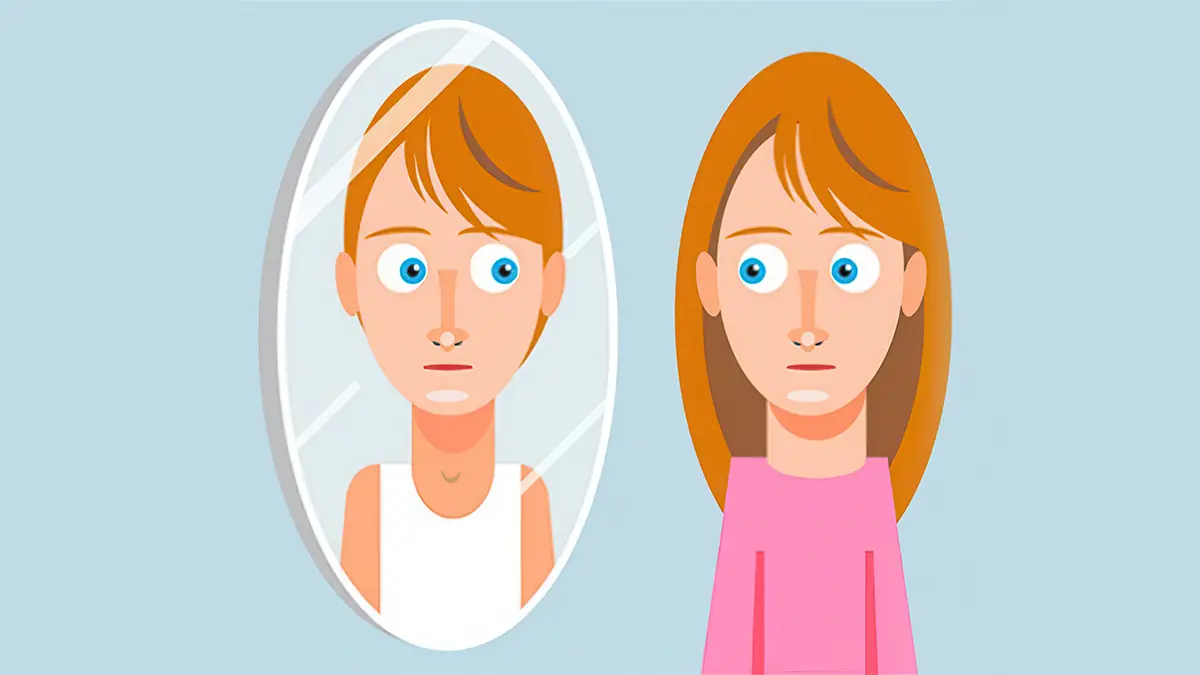


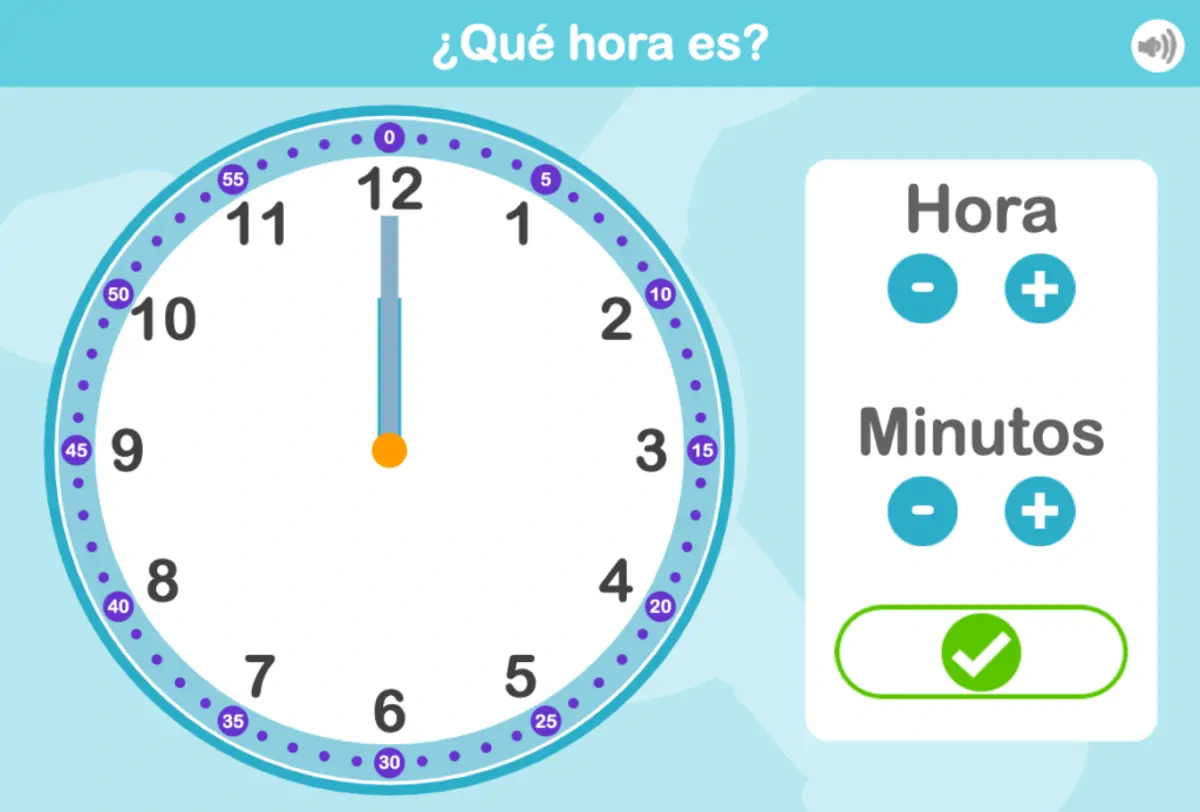
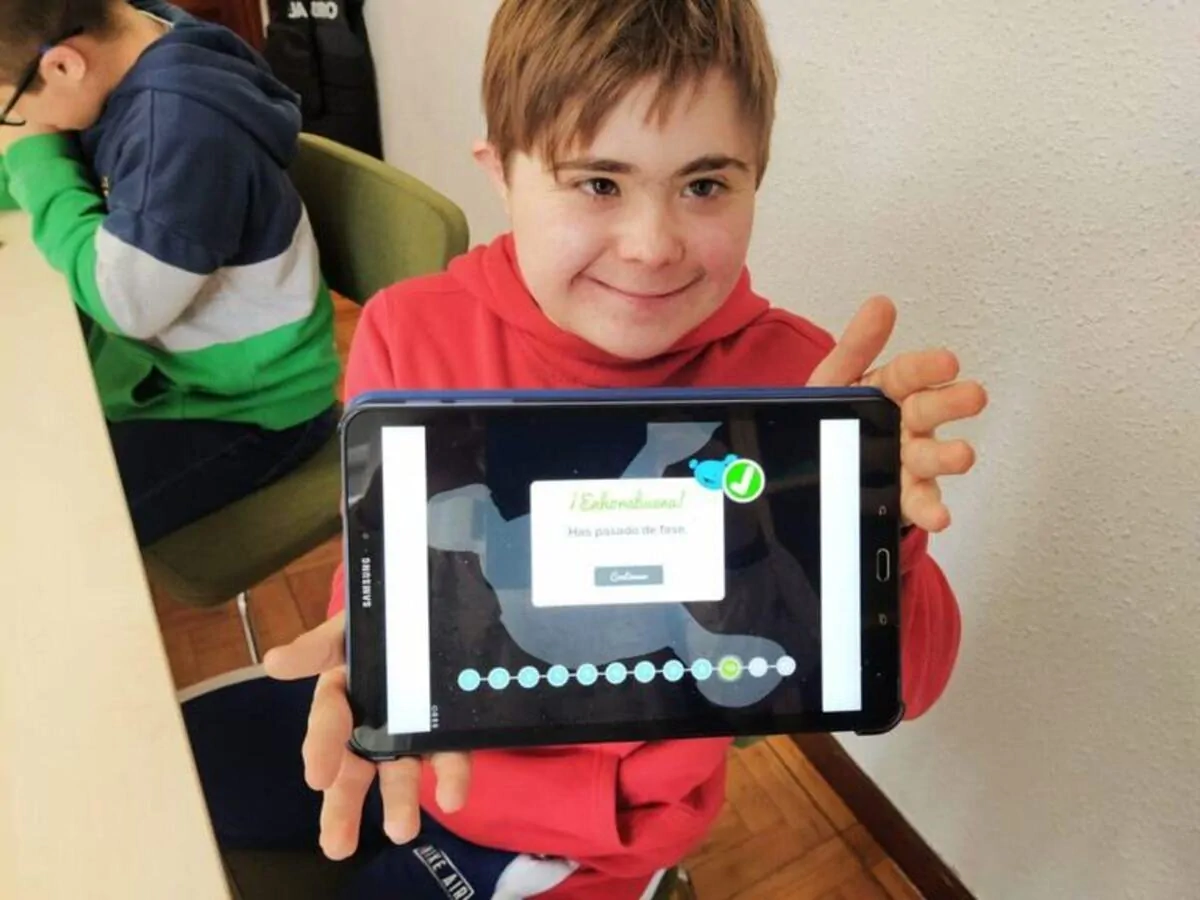
 Synesthesias: what we can learn from them
Synesthesias: what we can learn from them
Leave a Reply